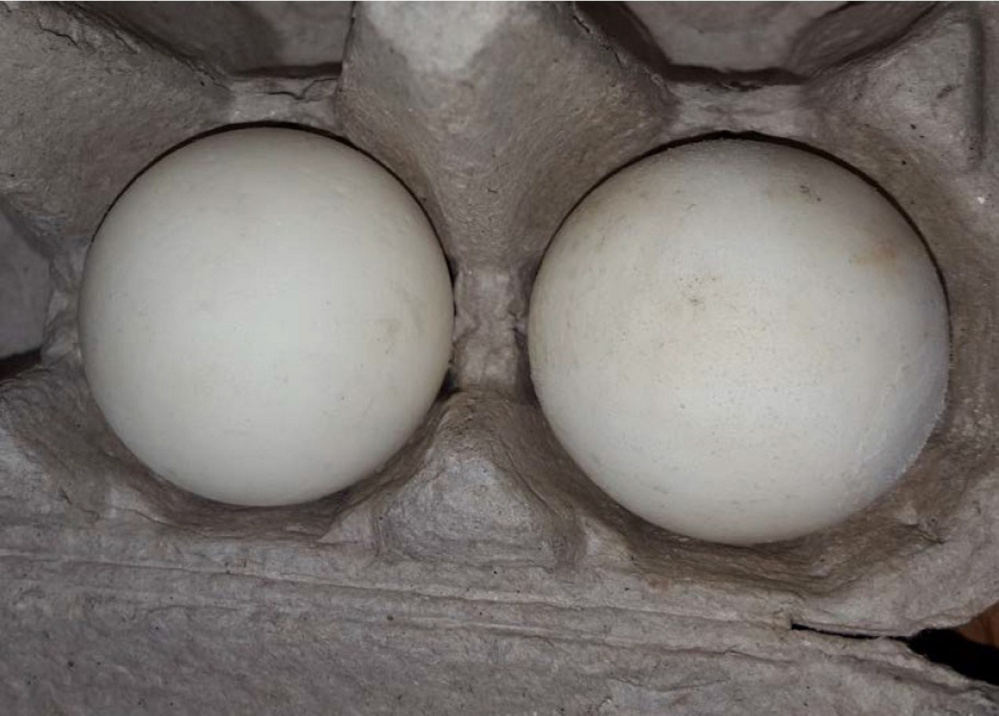Smooth to the touch and perfectly round, these ping pong ball-size eggs could easily pass for any of the millions laid and buried every year by endangered sea turtles on the beaches along the North and Central American coasts.
That’s the hope, anyway. Except in this case, they were laid by a 3D printer, and their silicone shell carries a GPS tracking device. They may just help solve a turtle-egg poaching problem that has plagued Central America and, more recently, U.S. shores.
“We want to sneak them into nests that are most vulnerable to poaching,” says Kim Williams-Guillén, director of conservation science at Paso Pacífico, the California conservation group that has created the egg that it hopes will fool poachers. “It would be really easy for them to grab one of those eggs and not even notice it.”
Paso Pacífico’s phony turtle egg, set to be deployed this fall in Central America during a mass nesting event, is just one way law enforcement and activists have tried to crack down on the egg poaching of sea turtles, nearly all of which are endangered.
Just last week, a Florida man was caught collecting 107 eggs straight from a loggerhead turtle while she was laying them; he could face a maximum five years in prison and a $5,000 fine. In May, a federal judge sentenced a California couple to six months in prison after they were caught smuggling 911 olive ridley sea turtle eggs from Mexico. And last fall, a Georgia man was sent to jail for 21 months after he was caught stealing 84 loggerhead eggs; he already had been on probation for the same crime.
Those don’t seem like huge cases of organized egg-theft rings, but “one individual can cause a big issue,” say Ed Grace, deputy assistant director for the U.S. Fish and Wildlife Service office of law enforcement. A stretch of coastline may have only a few female turtles, he says.
The eggs are a sort of low-brow delicacy common in Central American and Latin American bars in the United States. They’re slurped raw, like oysters – sometimes cracked into a beer – or eaten when they’re hard-boiled. They can cost anywhere from $5 to $20 apiece, Grace says.
“They’re held in jars on top of the bar,” he says. “They’re sold like peanuts.”
And Grace says that that the slow recovery of the sea turtles in the United States may be driving more cases of egg-poaching. In recent decades, greater focus on protecting different species of sea turtle has led to tougher laws and penalties and greater local and federal enforcement. “Now that the population has been rising, (poachers) have more of an opportunity.”
The problems with poaching in Central America, though, are far greater. The scale of the turtle nesting, along with the associated poaching trade, is massive – and can be deadly to those who get in the way. In 2013, a ranger who was policing leatherback turtle nests in Costa Rica, was killed, likely by poachers
Williams-Guillén says that Paso Pacífico developed its egg, which won a grant from the USAID-sponsored Wildlife Crime Tech Challenge, out of its experience trying to prevent poaching in Nicaragua.
The fake egg is a way to shift the focus away from the poachers – who make between 50 cents and $2 per dozen eggs in Nicaragua – and to where they are going.
Send questions/comments to the editors.



Success. Please wait for the page to reload. If the page does not reload within 5 seconds, please refresh the page.
Enter your email and password to access comments.
Hi, to comment on stories you must . This profile is in addition to your subscription and website login.
Already have a commenting profile? .
Invalid username/password.
Please check your email to confirm and complete your registration.
Only subscribers are eligible to post comments. Please subscribe or login first for digital access. Here’s why.
Use the form below to reset your password. When you've submitted your account email, we will send an email with a reset code.